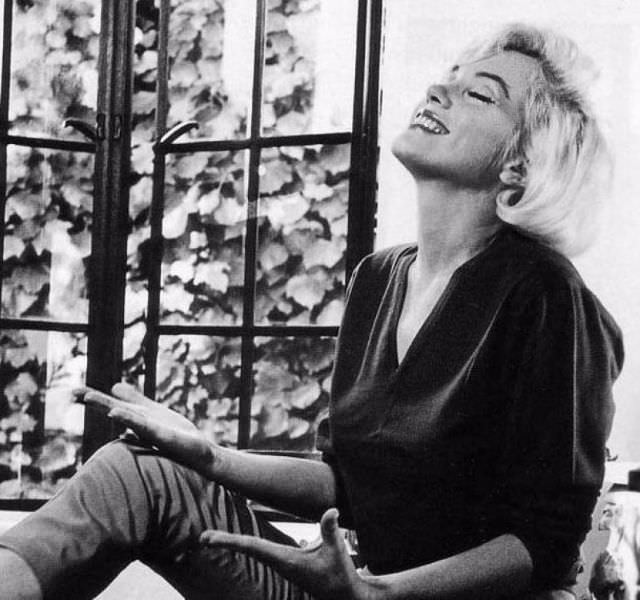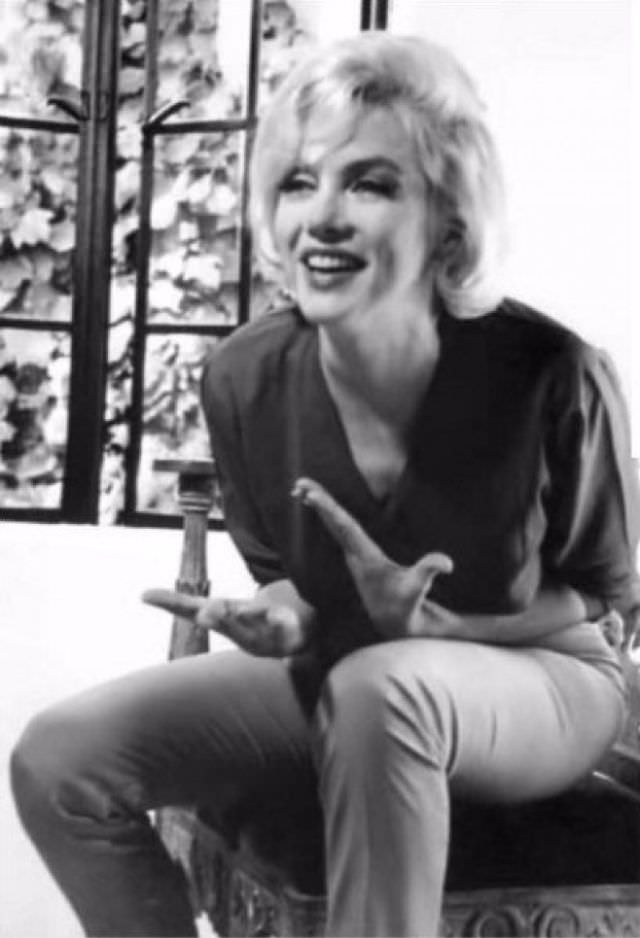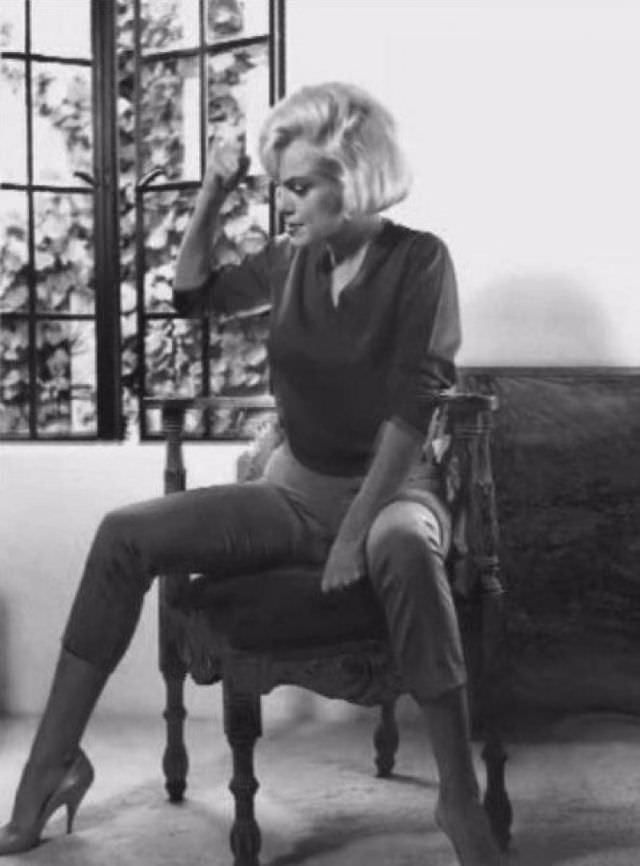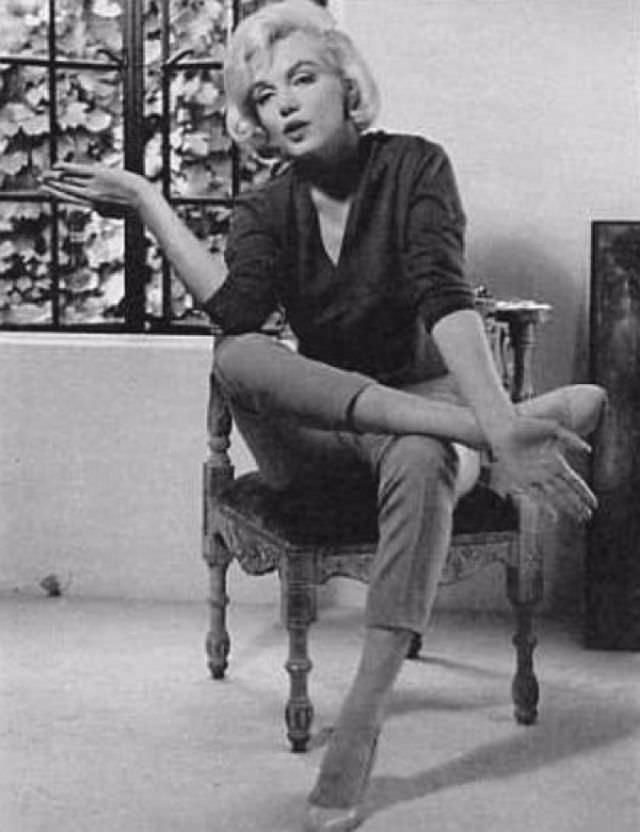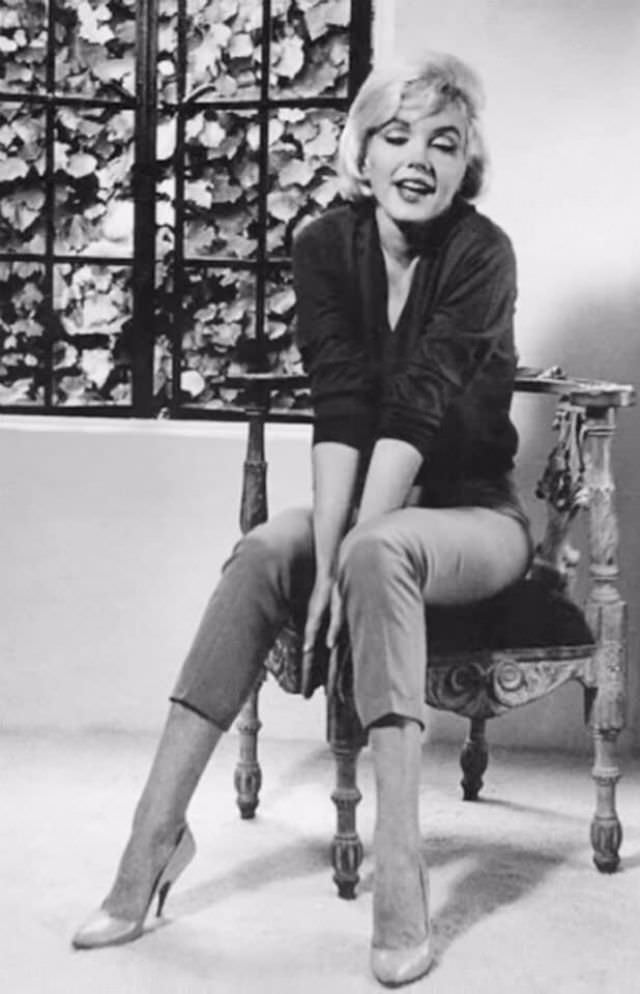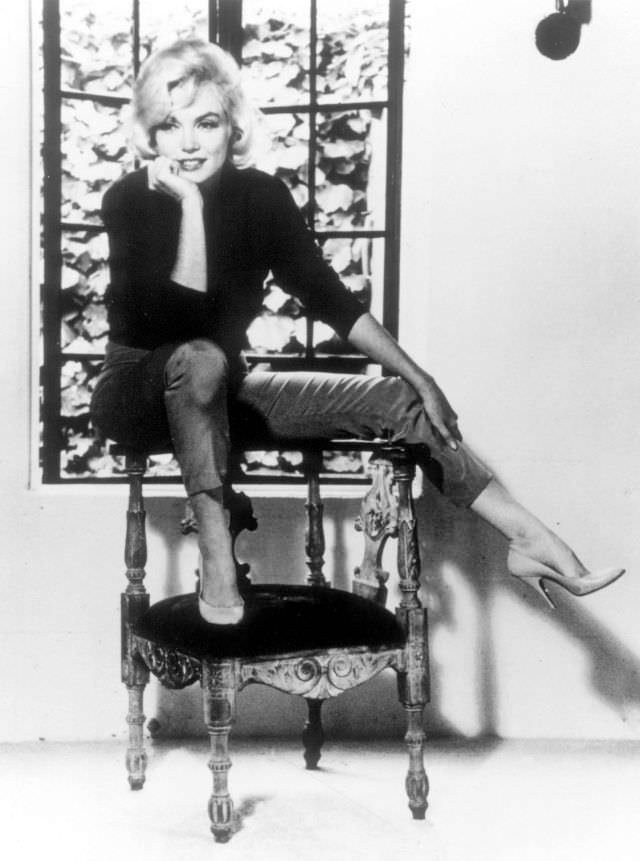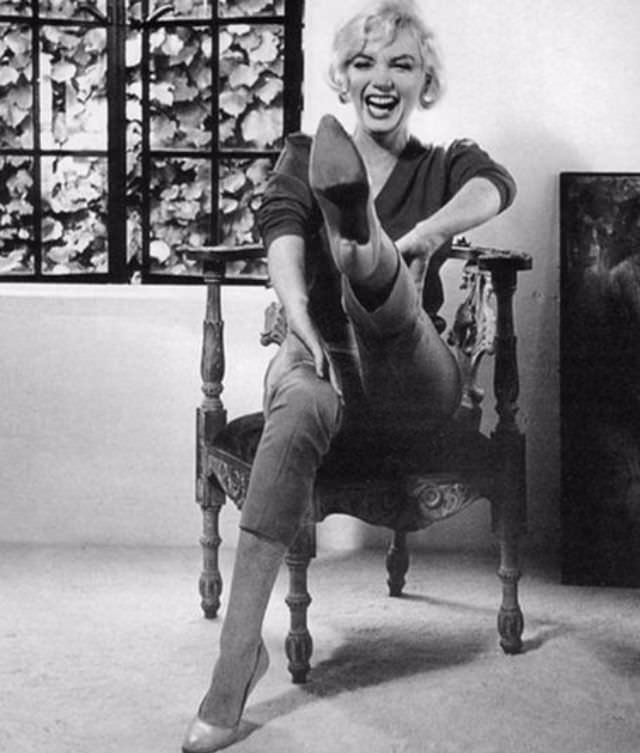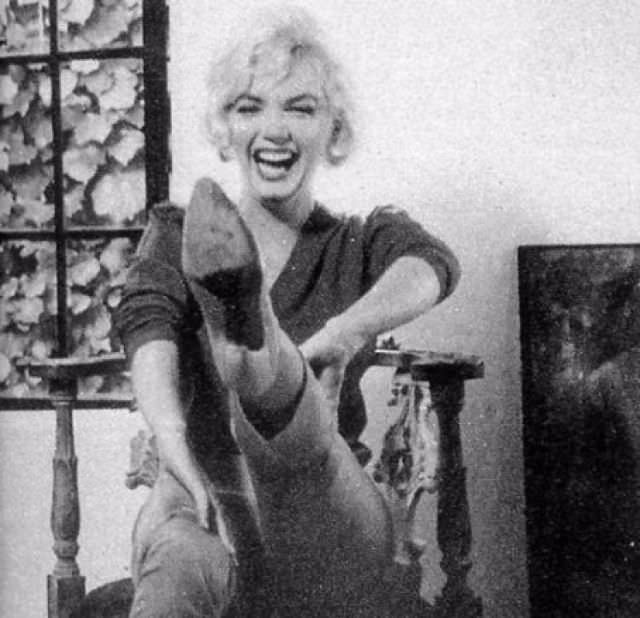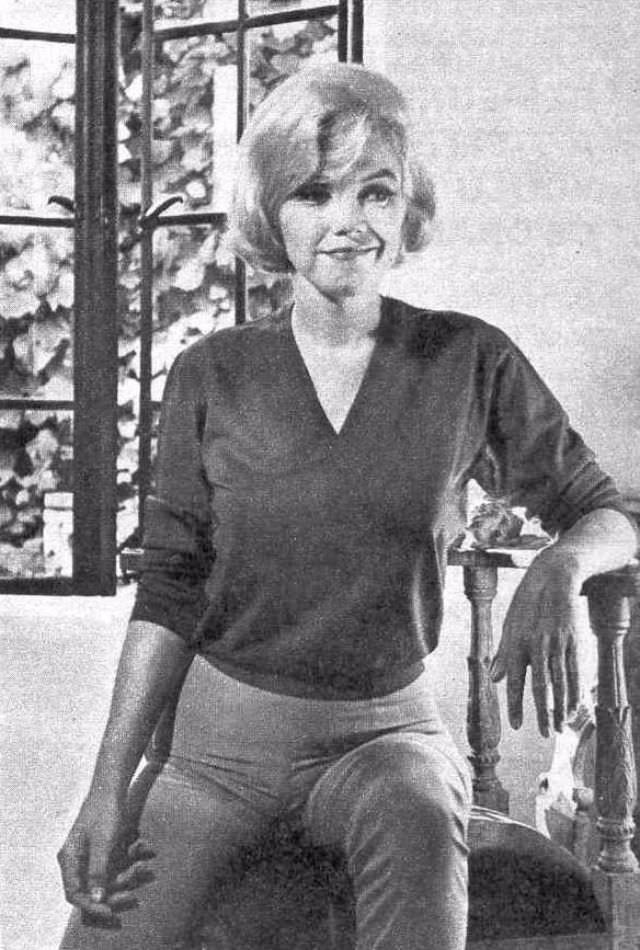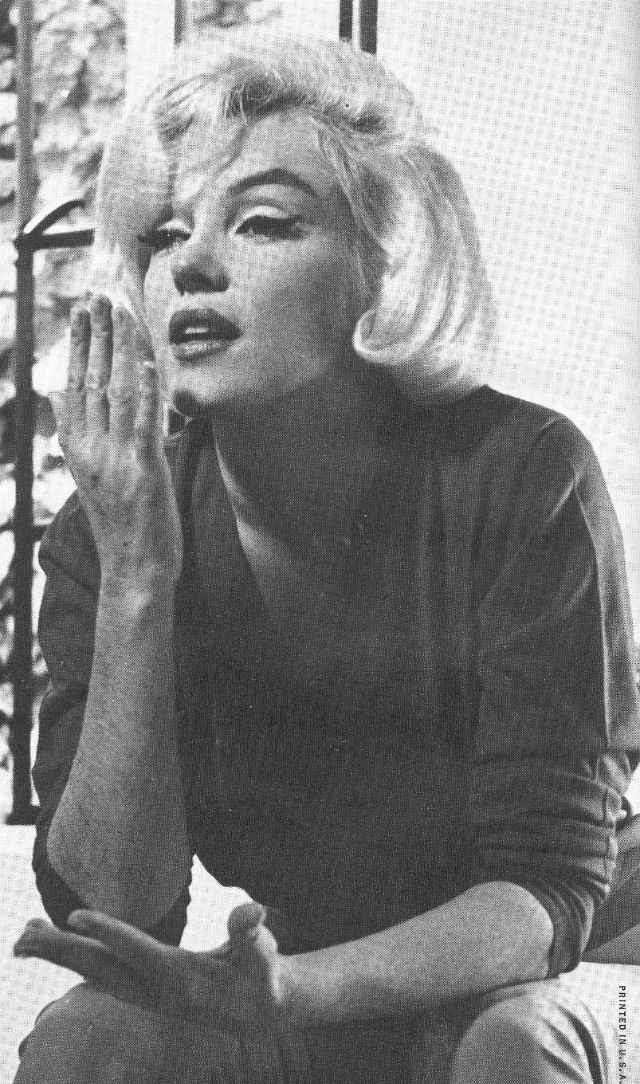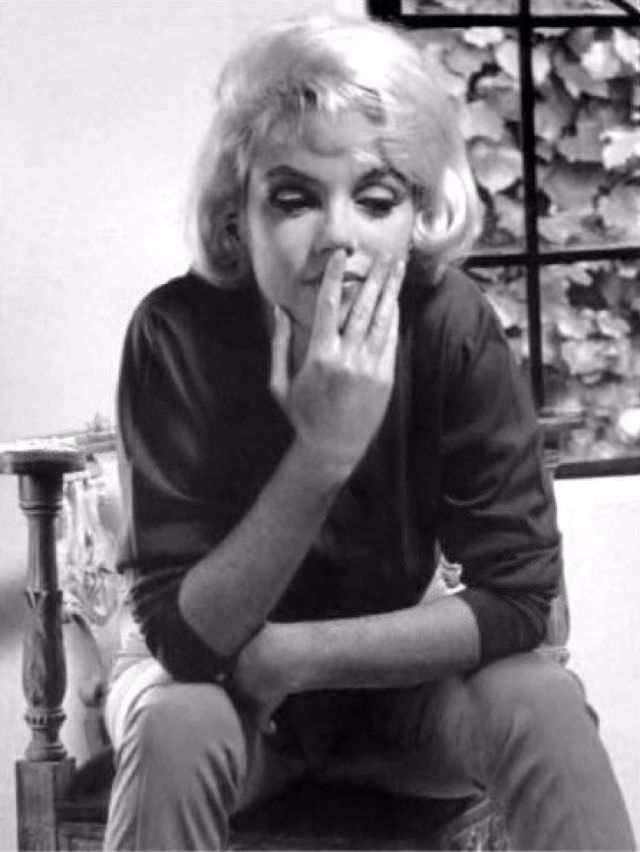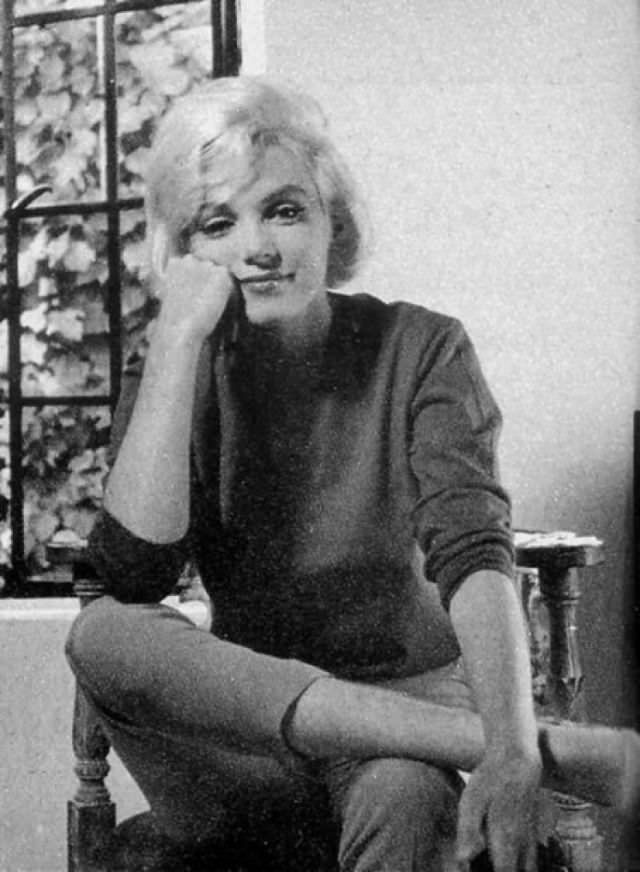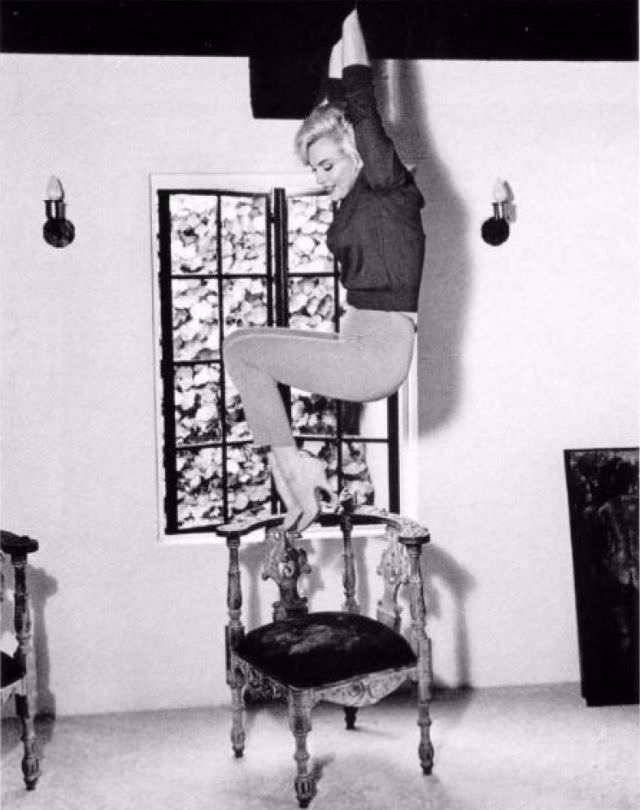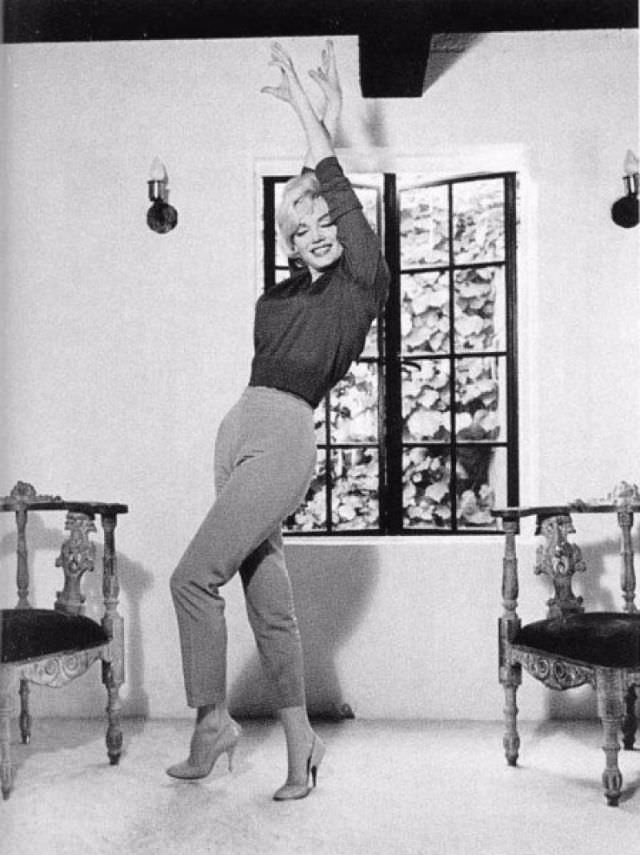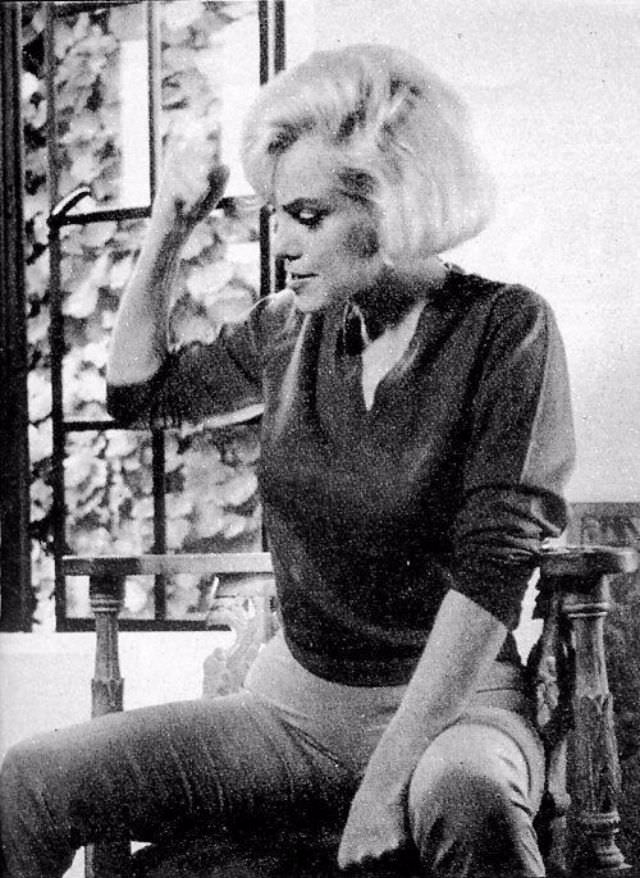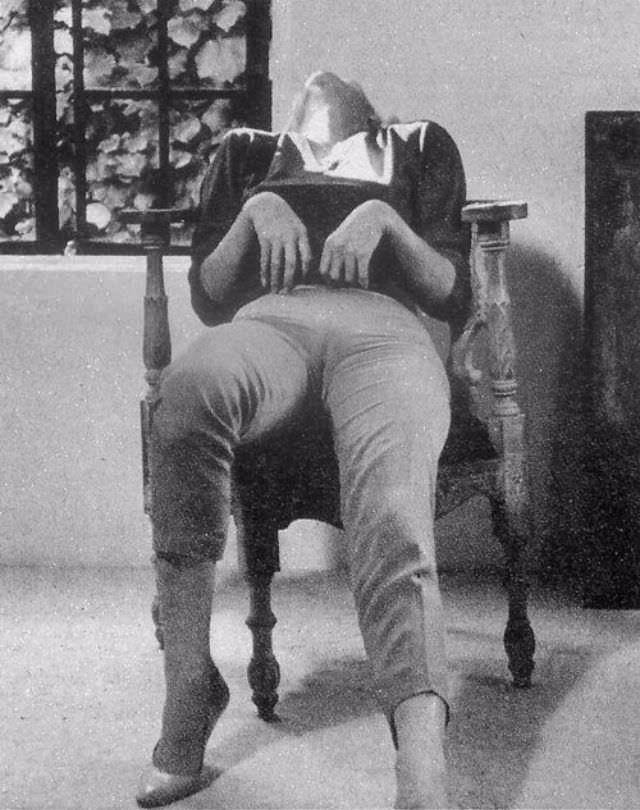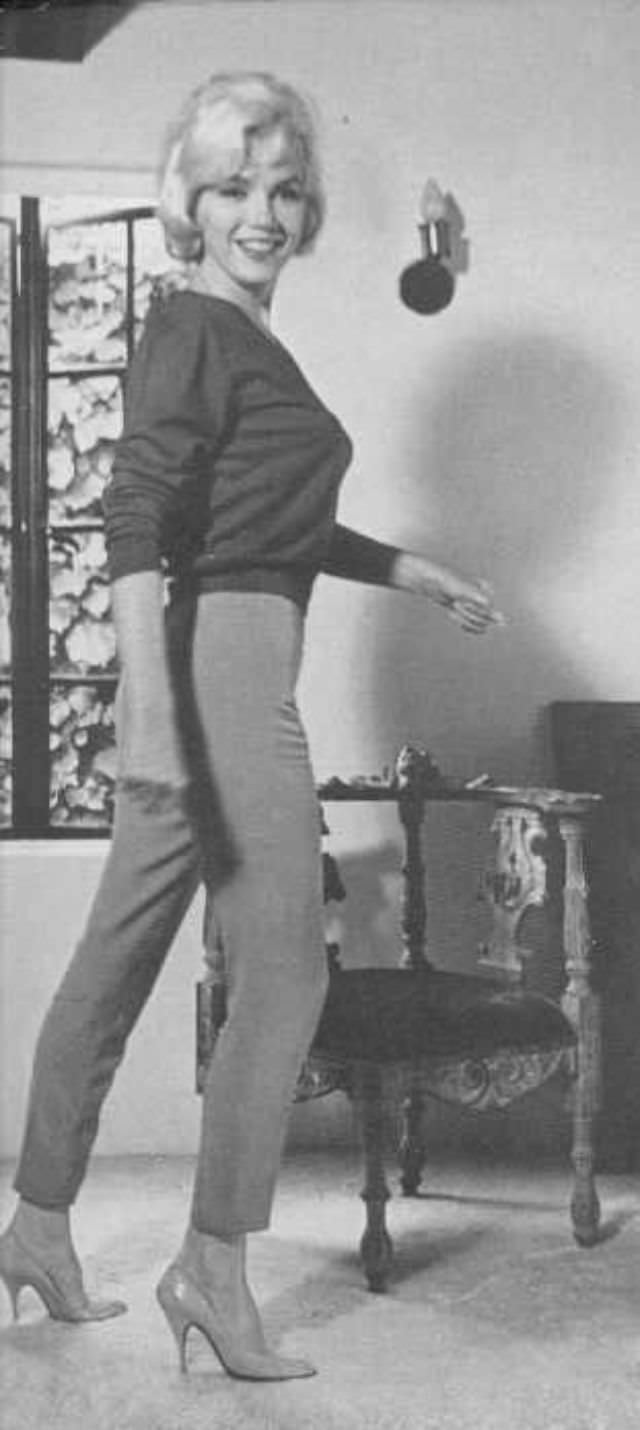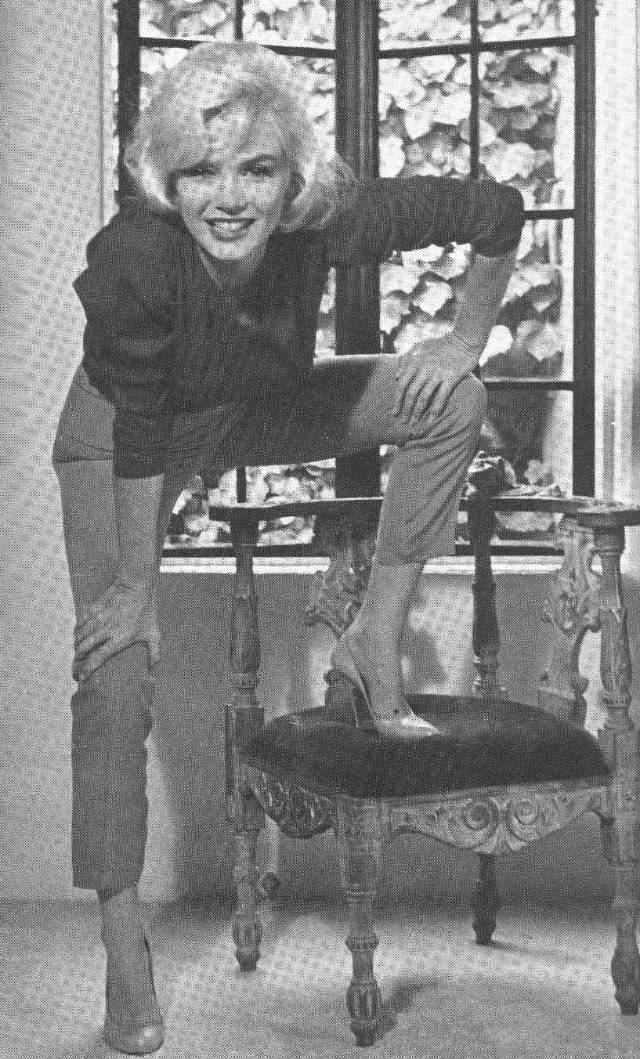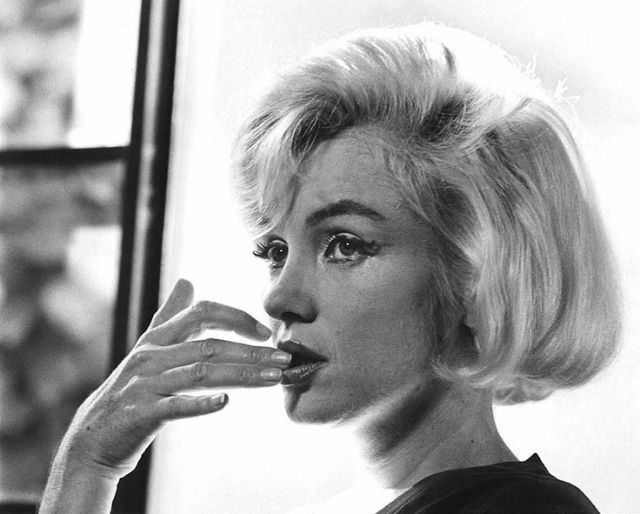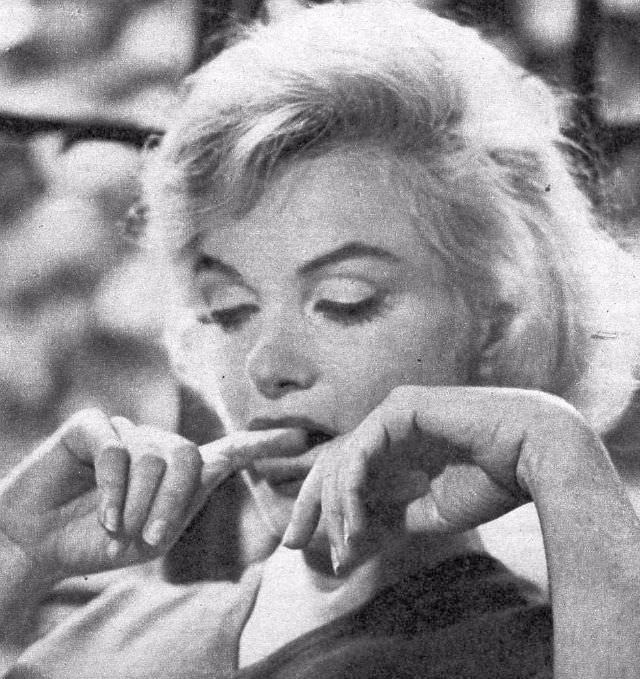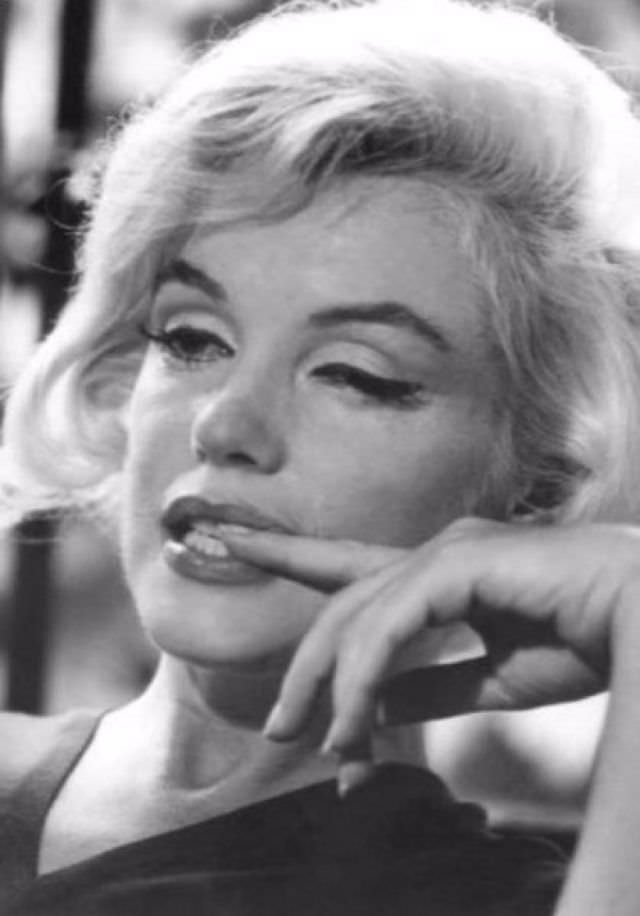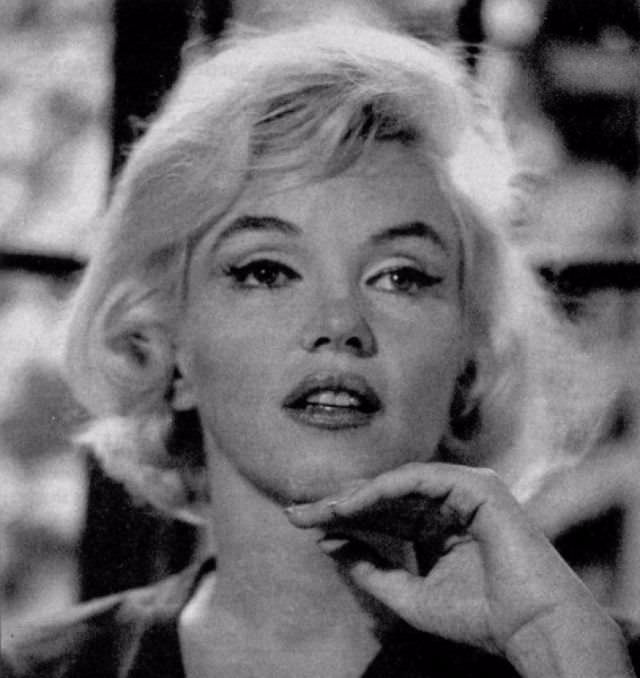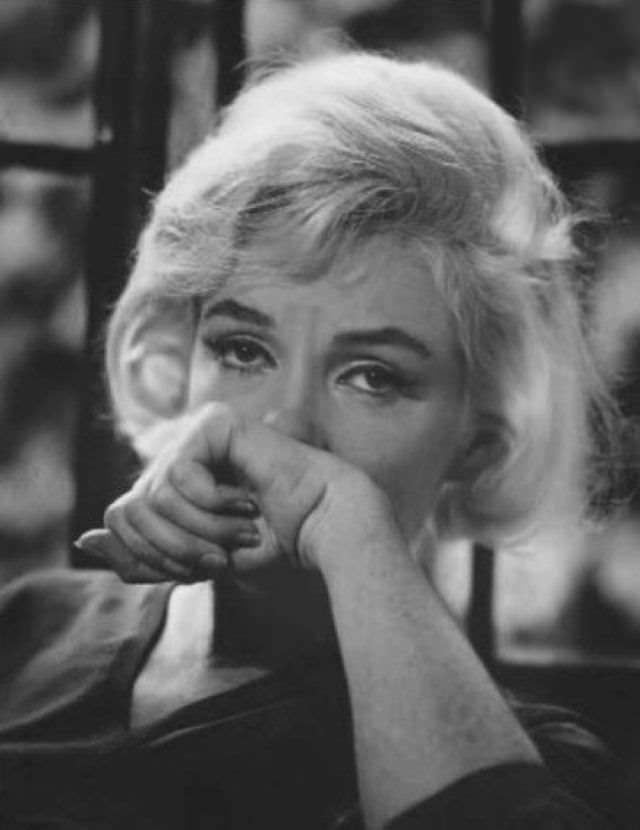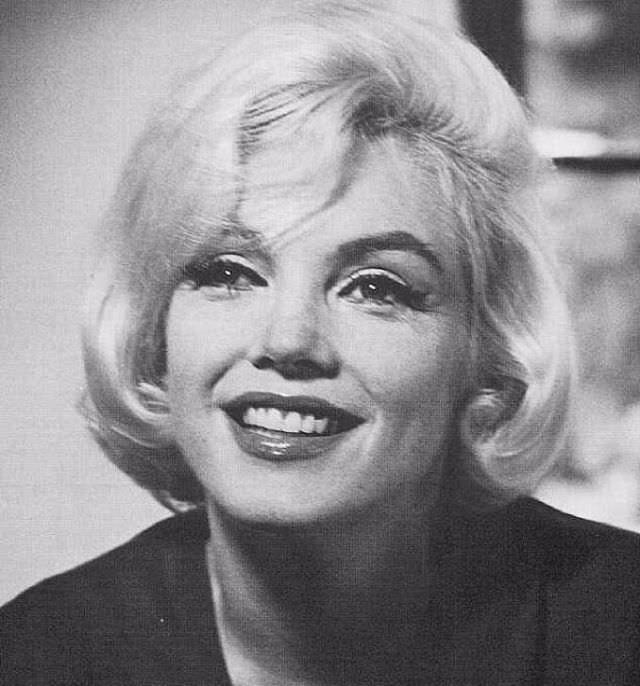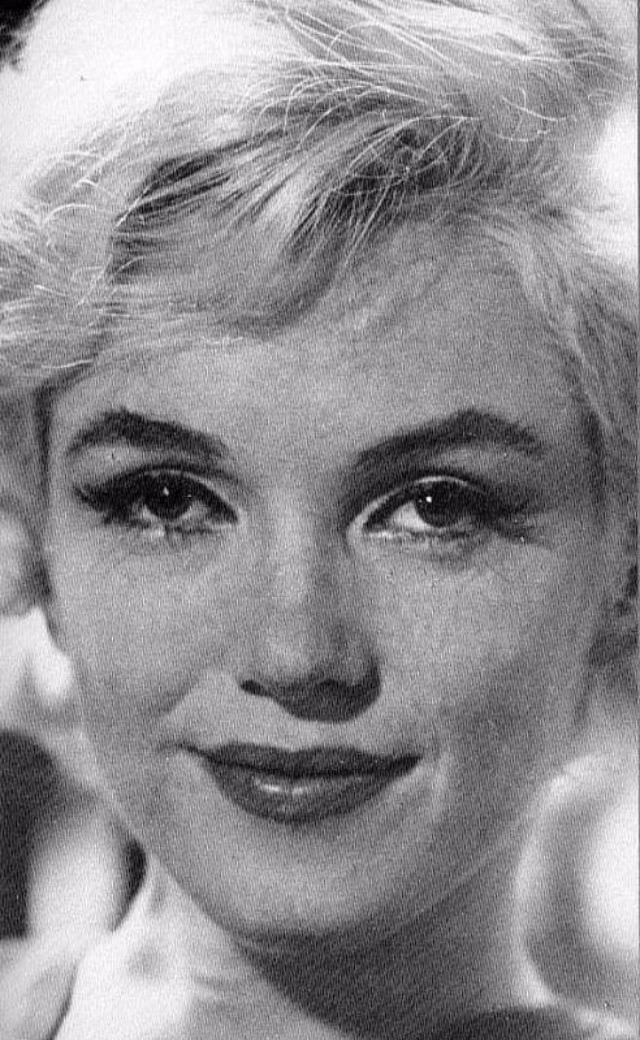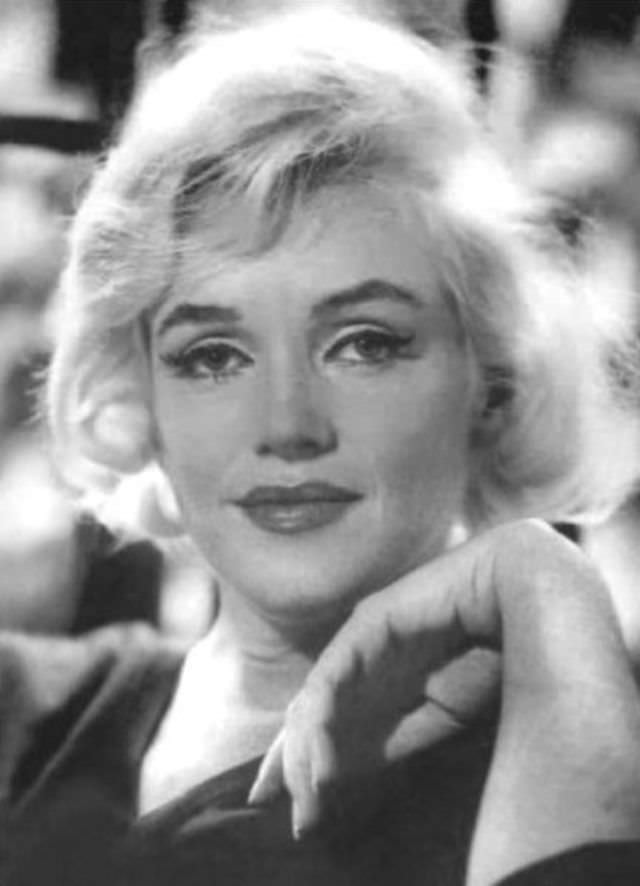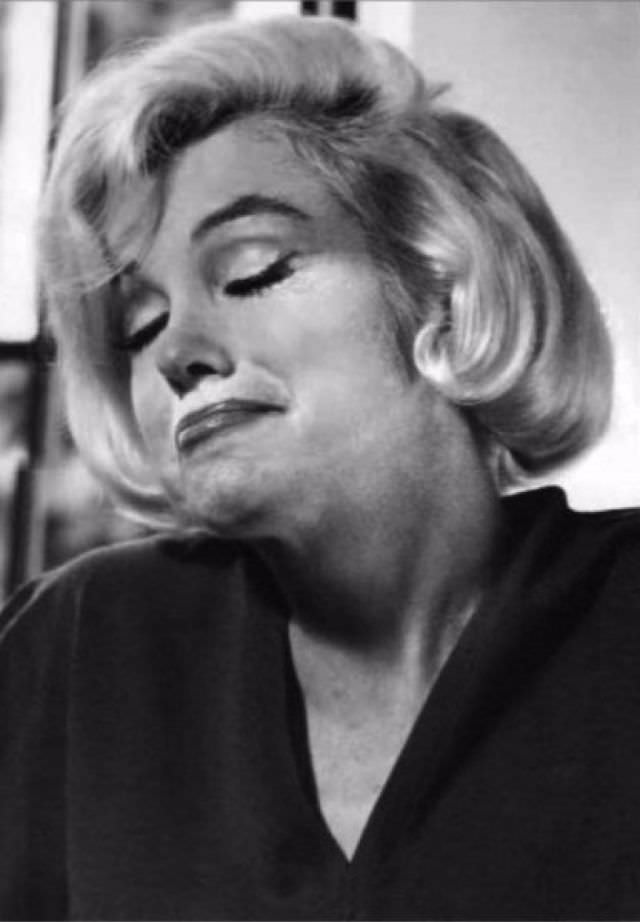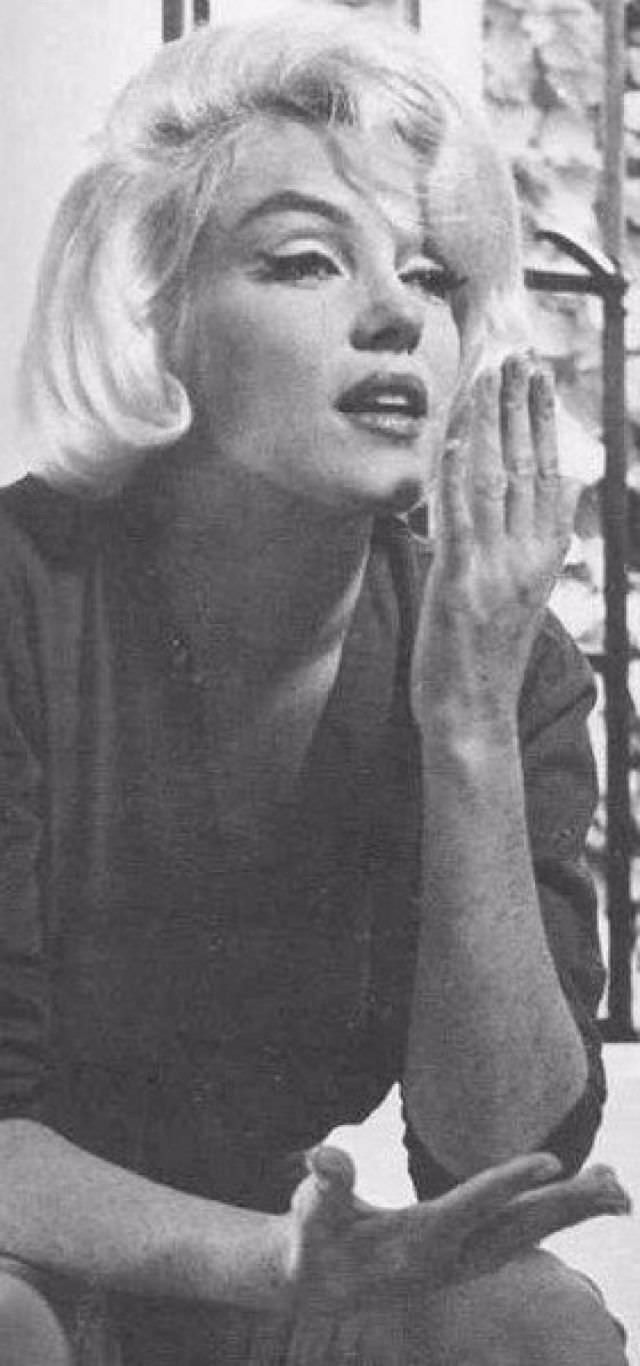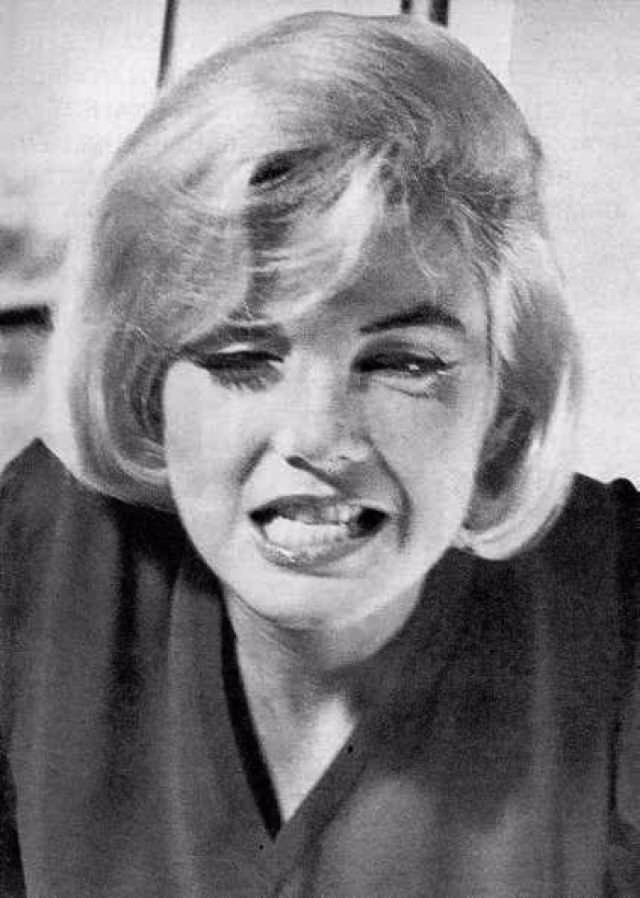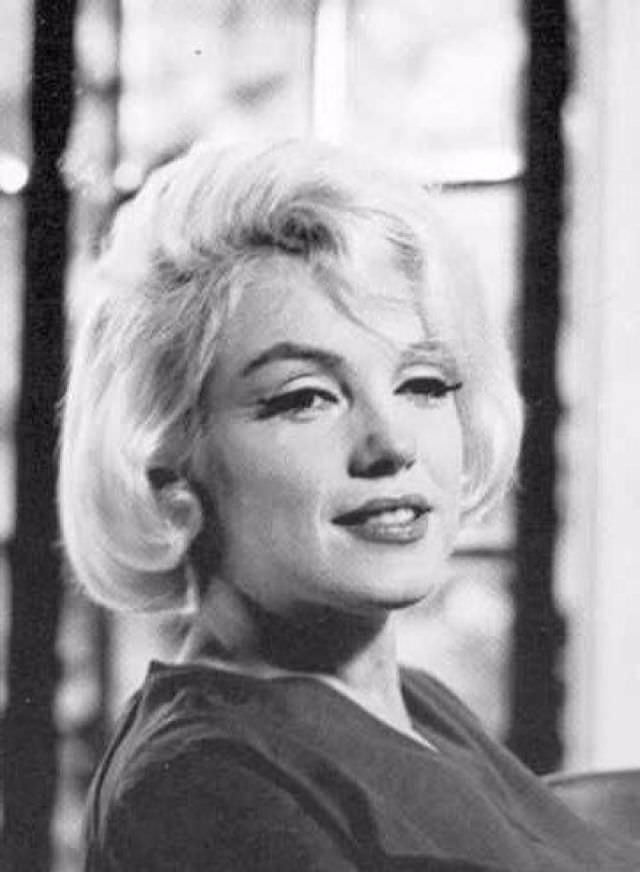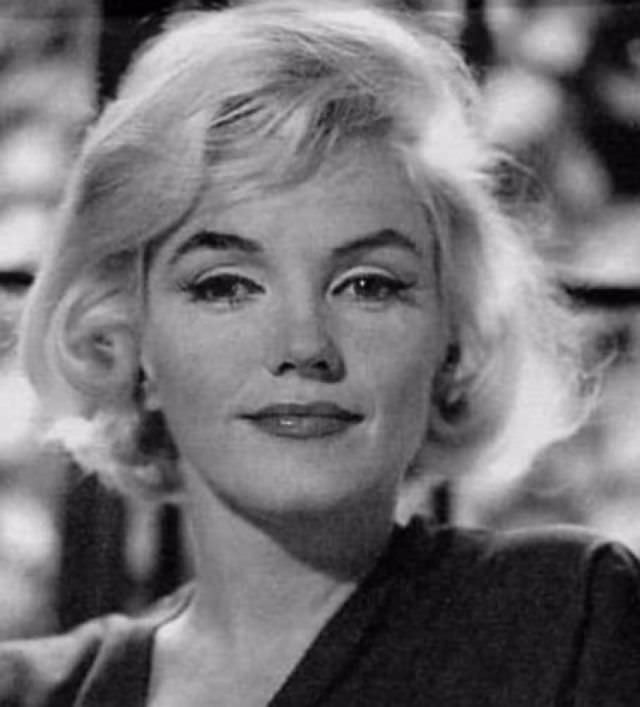In the summer of 1962, Marilyn Monroe sat down for an interview with Richard Meryman. This interview, published in LIFE magazine, would become historically significant. It was her last major interview. The words she spoke were important. But the accompanying photographs, taken by Allan Grant, became even more iconic.
A Reluctant Star, An Intimate Setting
Marilyn Monroe was, at this point, one of the most photographed women in the world. She was used to the glare of the camera. But, according to the context, she wasn’t thrilled about another photo shoot. She had recently been through a difficult period. Finally, she agreed to have the photos taken at her home in Brentwood, California. This decision shaped the entire feel of the session.
The home setting provided a level of intimacy rarely seen in photos of Monroe. It wasn’t a studio, with carefully controlled lighting and backdrops. It was her space. This allowed for a more relaxed and natural portrayal.
Allan Grant: Capturing the Real Marilyn
Allan Grant was a respected photojournalist for LIFE magazine. He wasn’t known for glamorous celebrity portraits. His strength was in capturing real moments. This made him a good choice for this particular assignment. He wasn’t there to create another iconic, stylized image of Marilyn. He was there to document.
Read more
Grant’s approach was unobtrusive. He let Marilyn be herself. He didn’t try to force her into artificial poses. This resulted in a series of photographs that feel remarkably candid.
Inside 12305 Fifth Helena Drive
The photos themselves offer a glimpse inside Marilyn’s home. We see glimpses of her furniture, her decor. This adds another layer of interest. It’s a peek into the private world of a very public figure. It humanizes her. It shows her surroundings, not just her carefully crafted public image.
The images show Marilyn in a variety of poses and outfits. Some show her smiling and playful. Others capture a more thoughtful, even melancholic, expression. This range of emotions makes the photos all the more compelling. They show a multi-faceted person, not just a one-dimensional star. She is wearing a green top in some of the pictures.
The photos were intended to accompany Meryman’s interview. They were meant to illustrate the article. But they quickly took on a life of their own. Because of Monroe’s untimely death just weeks later, these images became her last professional photographs.
This fact immediately elevated their significance. They were no longer just pictures to go with an article. They became a visual record of the final weeks of a legend. They gained a historical weight.
The Final Visual Record
These photographs by Allan Grant are strikingly different from many of the iconic images of Marilyn Monroe. They lack the high glamour and polish of her studio portraits. They don’t present the “blonde bombshell” persona. Instead, they offer a glimpse of the woman behind the image. This rawness and vulnerability is part of what makes them so powerful.


